If you plan on harvesting honey, then you will need to add honey supers to your hives at some point. Rest assured, you’re not alone in wondering this.
In fact, a very common question among beekeepers is at what point in time they should start adding honey supers.
Here, we discuss three things to consider before you add your first and second honey supers to a new hive.
But first, let’s bring you up to speed and tackle the definition of a honey super.
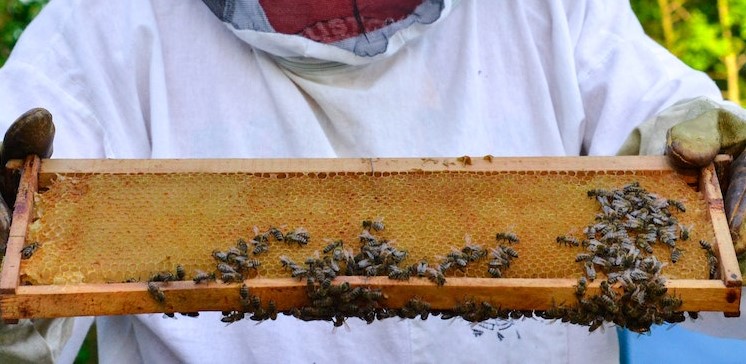
Honey Supers Explained
Your typical Langstroth hive operates like a maisonette.
On the first floor, they set up the nursery, kitchen, and pantry.
The second floor is the garage, where they hoard a lot of food for rainy days.
Well, call it a rainy month because they have the capability to store a lot of food. The principle applies to the hive.
First, you have the bottom board. Then you have the hive body, also known as the brood box or deep super.
You can choose to have just one or add multiple brood boxes or deep supers, depending on where you are located.
The amount of honey needed to get through the winter will determine how many boxes should make up the brood area.
If you have a good queen, you’ll have a nice tight sphere of brood flanked by honey and pollen.
Now, just like you wouldn’t go putting groceries in the garage when the kitchen is still empty, the bees aren’t going to store honey far from the brood nest unless it’s full.
The box that is placed above the brood boxes for the purpose of storing only honey is called a honey super. It can be a medium-deep or smaller size.
Topping the honey super is the inner cover that provides proper ventilation.
Now we know what a honey super is. Let’s look at when to add it.
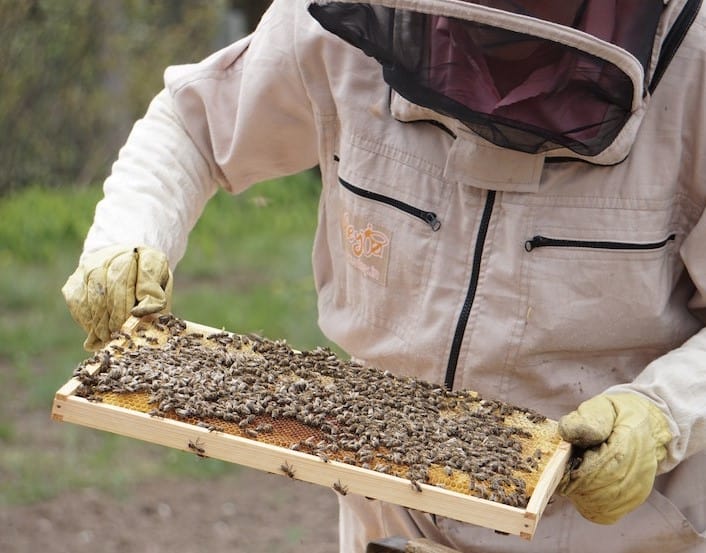
When is it Time to Add a Honey Super?
There are a few things you need to consider before your honey bees are ready for their first super.
Construction of Comb
The bees are very orderly creatures. They need to do their construction in an orderly fashion.
So, before you add a honey super, look at the box below and check if the bees have constructed at least 8 of the 10 frames below.
If they have drawn comb, then they are likely to welcome any additional space provided by you.
Each colony is different, so don’t assume that because one is ready for the super, that all the others are too. Treat each colony individually.
Nectar Flow
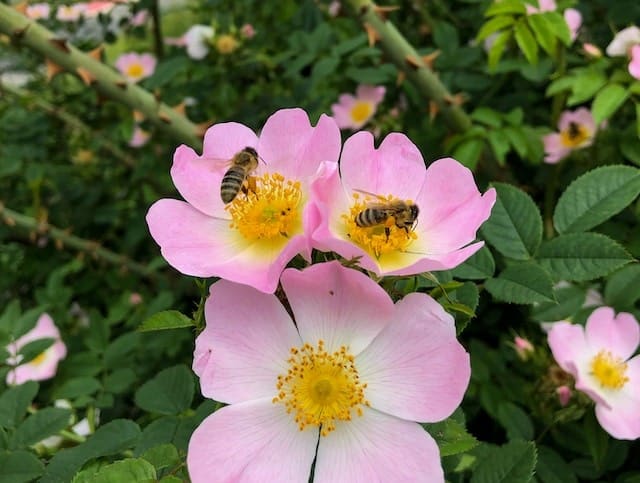
Simply put, if the bees have nothing to store, then putting a super over their heads won’t inspire them to do anything about it. Too much space in the hive is useless when there is no heavy nectar flow. It would be the wrong time.
As a beekeeper, you need to become a minor botanist. What is the main source of nectar in your area?
Was there a cold snap that affected the blooming pattern of the trees and weeds that would have provided nectar to your bees?
Has there been a drought minimizing the flourishing of wildflowers?
Was there a field that was previously uncultivated but now is being used to grow some non-nectar-producing crop?
These are scenarios that can have a significant effect on your bees and honey production.
This is when being a member of an association pays off. Becoming a member of an association can help you get information on the main nectar flow, what affects it, and how long it lasts.
Then, observe the bees.
If they haven’t stored enough honey in the brood boxes, they are unlikely to take it to the supers.
If you do manage to coax them up, you might harvest honey and then spend months feeding your bees because they stored what they needed in the supers rather than the brood nest area.
Strength of the Colony
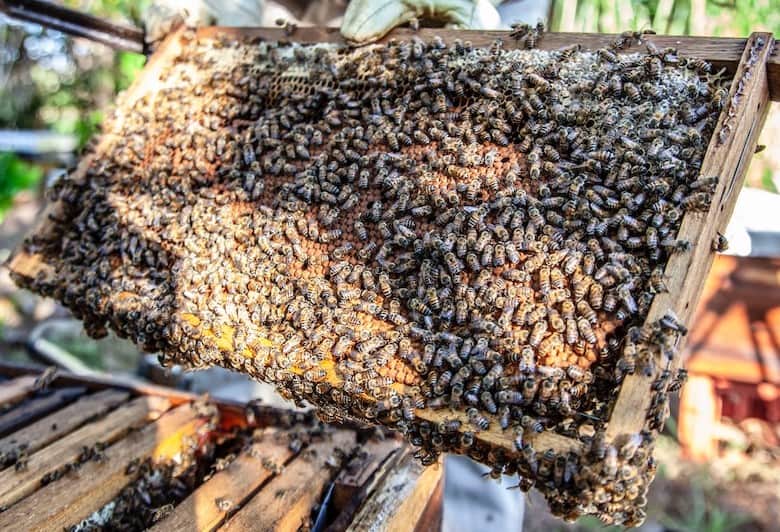
As mentioned earlier, every colony is different.
Sometimes, it’s the genetics of the bee that determines how quickly the colony grows.
Other times, the colony may have suffered a loss caused by a pest or disease and has a harder time building the numbers.
Another possibility could be swarming.
Sometimes, after swarming, the new queen may not be as prolific as the previous one. She needs more time raising bees to build the colony to its previous strength.
Whatever the case, weaker colonies may not have the bee power to adequately stock up surplus honey to the extra space on a super.
If you have more than one bee colony, remember that even if they came from the same breeder, they can behave differently and need to be treated as such.
And one more thing…
Worker bees don’t seem too excited about drawing comb in a section that the queen cannot access. It helps to keep the queen excluder away until they have drawn some comb.
To dissuade the queen from laying eggs in the super, arrange the frames such that those with honey are situated above the brood.
This honey barrier will be like a “nothing to lay here” sign, and she’s unlikely to hike up to lay eggs in the super.
When to Add a Second Honey Super
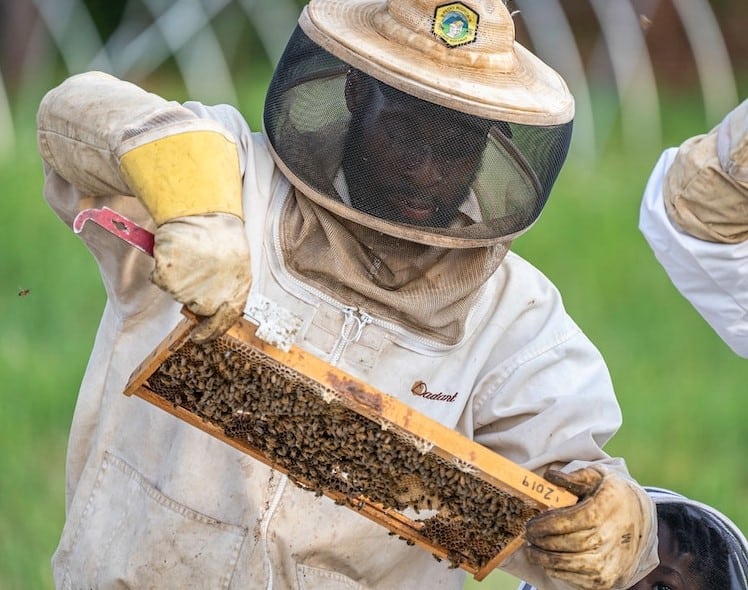
The rules are similar to adding the first super. Once the bees have drawn about 6-7 frames, you can add the second super.
The more room the bees have, the more honey they can store.
If this is the first time you are adding supers, you won’t have a drawn comb, which bees love. So, to get them to build a comb on the foundation, you can use the checkerboard system.
This is where you take some of the frames from the first super and exchange them with some from the empty second super, alternating drawn comb and empty comb.
The bees will quickly build a comb on the foundation flanked by frames with a drawn comb.
When is it Too Late to Add a Super?
There are several factors to consider here.
What is the floral calendar in your area? That is the main determinant.
The sole purpose of adding supers is so that the bees have more space to store nectar.
Once the blooms have done their job and start to die off, there’s no more nectar for them to collect.
This is why beekeepers add a super during the springtime but harvest in the summer. That gives the bees enough time to dehydrate the nectar of its moisture content.
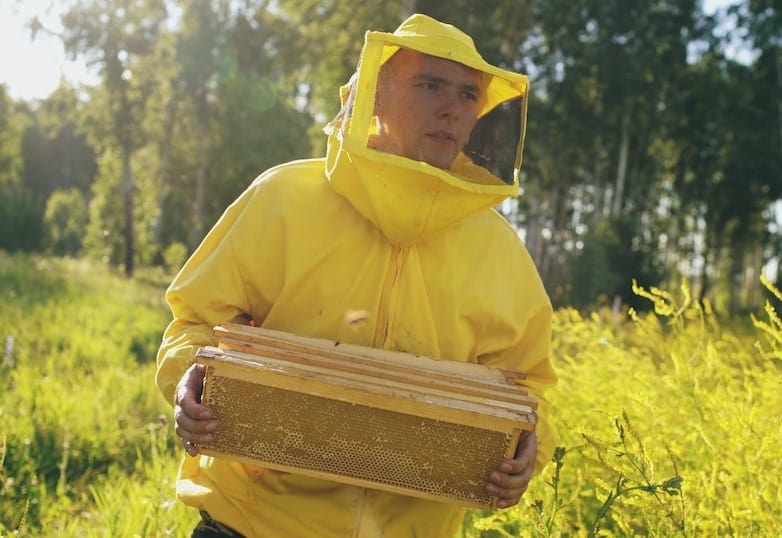
So look around you and find out from your local beekeeping community what the main source of nectar is and when the blooms appear and disappear.
That said, observing the behavior of the bees could also clearly give you an indication of their foraging behavior.
If they are coming back with pollen, they are likely still collecting nectar as well.
Final Thoughts
When it comes to adding some honey supers to your hive bodies, let the bees decide when it’s time.
Read their language by observing how many frames of drawn comb they have constructed and their foraging patterns.
Depending on your hive type, you can provide enough room on your hives for your bees to store honey by adding a 10 Frame Medium Super Box or an 8 Frame Medium Super Box. There are other choices for every beekeeper’s needs.
The beekeeper may get it wrong sometimes, but the bees never do. Trust your bees, and you will have a great honey flow!
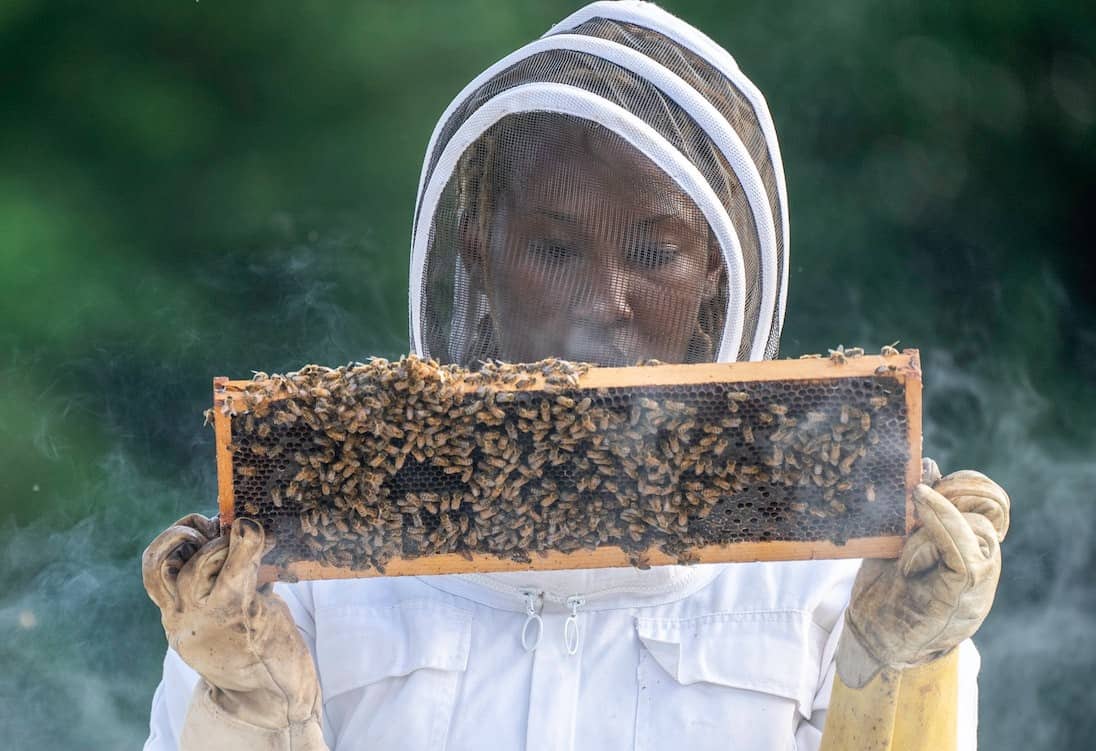
Thank you so much easy to understand process. One year into bee farming as a hobby.
I wish I had read your article on catching a swarm & giving them work to do… frames of open brood. I caught them today into a honey super I harvested last fall, so it had drawn comb & leftover honey. I actually had a honey super with some open brood on the main hive that I could have given them some frames, but I didn’t know. Would it be too disruptive to try to switch some frames the next day? They are in their permanent location now, we moved at dusk. Lid, honey super, entrance base, plastic pallet setup. I have a new brood box ready to add in 2 weeks. Today I gave them an entrance feeder too. They were very happy for that but also after a few hours were going out to forage & coming back and going in the entrance, which surprised me they oriented so fast, just 3 hours!
I’m a beginner. Bought 2 nucs last fall. Kept them in nucs for 3 days. They started foraging as soon as I got them home. I started feeding them right away. Been very rainy this month. When I got up this morning I had a swarm. 20 ft from my hives in a wisteria trellis vine. I had transferred my bees to permanent. Hives 2 weeks ago so I used the empty nuc to catch the swarm. Fed them all sugar syrup and bee food . Very excited to see how they react tomorrow morning.